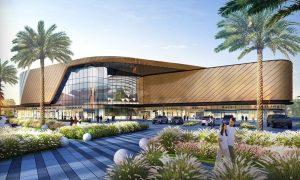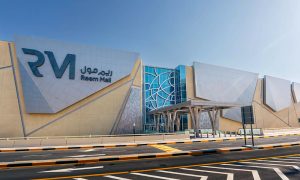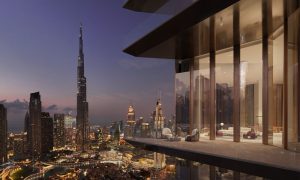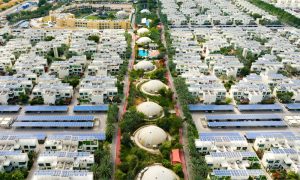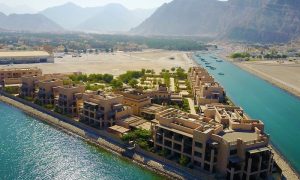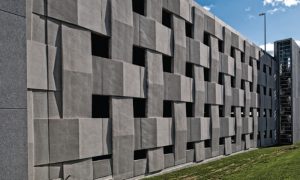The future of retail space in the Middle East
With the retail landscape being revolutionised by digital innovation, bricks-and-mortar locations in the Middle East need to evolve and adapt to changing technologies, says David Tripney, director at Atkins Middle East
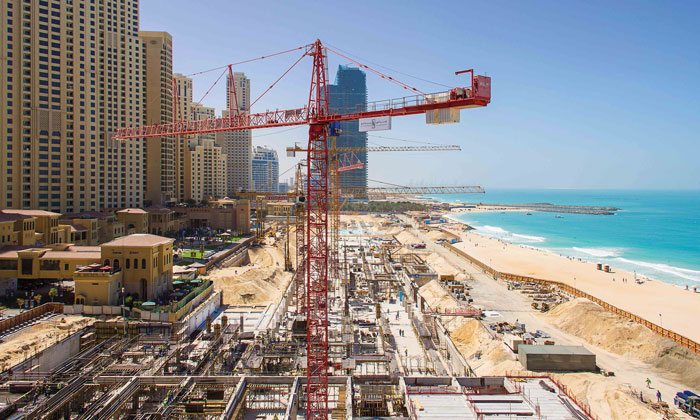
Emerging markets such as the Middle East are becoming very much the watchword for innovation. While cities such as London, Paris, Milan and New York dominate the retail scene, the growth of the sector in this region is very much being watched by players on the international stage. Unsurprisingly, what is underlining this growth is perhaps technology.
As a result, bricks-and-mortar locations need to evolve to stay relevant for future decades. With the rise of e-commerce in the region, it’s now more important than ever that the physical mall develops and keeps pace with the changing demands of the consumer.
Take the success story of Majid Al Futtaim’s Mall of the Emirates, for instance. You can easily spend a day inside the place: you can eat, drink, go to the cinema and even go skiing, all before you’ve even thought about shopping. And this experience is far from unique – there are many other examples in the region that combine work, play and leisure.
With the UAE’s population expected to grow to 10 million by 2030, aided by more expats and Expo 2020 tourism, the retail destination/proposition as an integrated social, entertainment and leisure hub is likely to boom. With Atkins now celebrating its 50th year in the region, this is something we are seeing more of, both in the retail space and wider sectors.
A blurring of lines, with buildings becoming multi-functional and multi-faceted, can be seen in some of the region’s most important projects, such as the Burj Al Arab, Bahrain Trade Centre, Durrat Al Bahrain and the Dubai Opera. Creating an integrated retail and leisure centre destination is critical to fusing the social and urban space, and the customer experience is driving this approach.
Take beauty retailer Sephora, for example, which is experimenting with a virtual reality mirror that enables shoppers to test eyeshadows and lipsticks without applying them to their skin. This is just one example of big data already helping retailers to understand and better market to consumers. As a result, it is helping them suggest products that may be relevant even before the customer has walked in through the door.
All this will make the physical retail outlet more efficient. Checkout space will be reduced, because customers will be able to complete transactions from inside the dressing room or on their mobile phones, eliminating the need to queue.
Cultural nuances
While e-commerce is growing in the region, bolstered by the likes of Amazon’s acquisition of Souq.com, we still see the need for interaction with the product. The Middle East has a culture that favours the personal experience – while technology won’t replace this, it can absolutely enhance it.
What we predict is how the experience will change in the years to come. For example, instead of going to a car showroom to see a range of models, customers will be able to interact with virtual car models. The need for an extensive physical stock may become redundant, thus streamlining and reducing the retail space to make it more profitable.
Car parks may also become redundant. The real estate footprint for car parks alone is currently extensive and costly. In the future we will see more sophisticated transport offerings, with an increased choice of public transport and autonomous vehicles reducing the need for large tracts of land dedicated purely to housing private cars. And less space for cars means more space for retail and opportunities to generate more revenue.
But of course, while technology presents numerous opportunities to the Middle East retail sector, this is not without its challenges. Unlike their developed counterparts, shopping destinations in the Middle East have one major issue to contend with: the climate. With temperatures well into the mid-40s in summer months, how should retailers respond to the natural environment?
This is both a problem and an opportunity. While shopper footfall increases in the summer as tourists and residents seek sanctuary in the cool environments of the malls, engineers and designers need to ensure that all adjoining infrastructure is set up to cope with the extreme temperatures.
Customer experience and comfort remains key. Most amenities need to be enclosed, with covered walkways and transport infrastructure located close by. Shopping areas that have outdoor elements, such as Citywalk and Boxpark in Dubai, require careful thought and planning to ensure they remain attractive year-round destinations.
No longer are malls simply a collection of physical stores or somewhere to go for a few hours over the weekend. They are becoming fully integrated communities that fuse social and urban environments. Far from a one-size-fits-all approach, it’s clear that when it comes to designing the malls of the future, the digital world is fundamentally changing the way we shop.
David Tripney is a director at Atkins Middle East.

